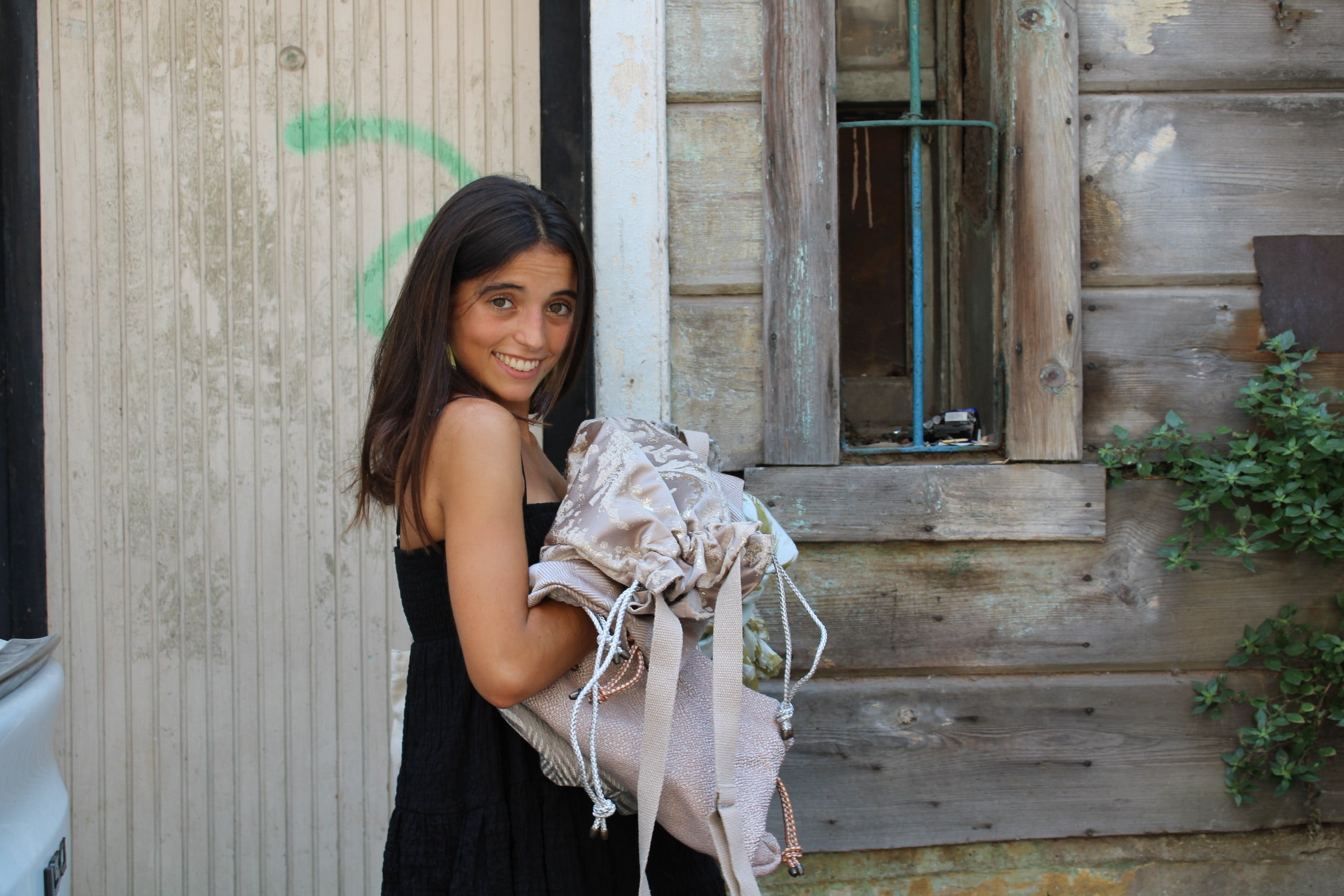Greenwashing, or as it is known around the world, "greenwashing". It is a concept we frequently encounter in daily life. So how did it actually come about, how do companies use greenwashing, and how did it become so widespread? Let's examine it together.
It all started with a towel. A student named Jay Westerfield noticed something at the hotel he was staying in in Fiji in the 1980s. The hotel was leaving notes for its customers telling them to take the towels they used because reusing them would be positive for the environment. However, although the hotel stated that they protected the island ecosystem and nature, their activities actually contradicted what they said. The concept of "greenwashing" entered the media when Jay Westerfield's article on this subject appeared in a magazine.
It was first included in Oxford dictionaries as " Greenwash" in 1999.
Especially in recent years, it is used to express the efforts of companies in the fashion and textile industry to make their products or brands appear more ecological, nature-friendly and sustainable. One of the biggest factors behind companies trying to look like they are when they are not is to attract the attention of consumers who are aware of the impact of the fashion industry on the world. In fact, they kind of make themselves look “greener and more innocent”.
The most common words that brands use when doing this are “eco”, “sustainable”, “natural” and “green”. Oh no!! I say don't be fooled by these words. Because; In fact, these words are used by brands to cover up their activities that harm nature or do not contribute to the environment.
If I come to the point,
There are several ways to greenwash, since there are seven of them, I think we wouldn't make a mistake if we called them "7 sins".
- It is claimed that an environmental problem has been seemingly solved, but this solution may actually lead to other problems. For example, McDonalds. In 2017, they started making straws from paper to solve the plastic waste problem, but these straws are not actually a solution to the waste problem.
- Companies cannot prove their environmentally friendly approaches in any way.
- Excessive use of the words "eco-friendly", "sustainable" and "bio" when marketing their products. For example, in what aspects is a product they call sustainable sustainable (environmentally, socially, economically, etc.)?
- Use of false labels and certifications that do not actually exist. Labels such as “100% Organic”, earth, recycling logos may give the impression that the product is more reliable, but it is useful to understand the accuracy of this before buying the product.
- The obvious environmental characteristics of the products are not important because they do not reflect cultural factors and changes in business practices. For example, presenting CFC-free products as environmentally friendly can be misleading because CFCs have already been banned for more than 30 years. In other words, just because a brand markets its products in this way does not make them more environmentally friendly than other brands.
- A product that is said to contribute to nature actually contributes almost nothing. absence. Brands can use natural resources more consciously and sustainably in their production processes, but when you look at the overall damage they cause, the benefit of the product remains like a drop in the ocean.
- Environmental claims are completely false.
Who did what next week? We examine fast fashion brands together!!
Best regards
Principle <3



